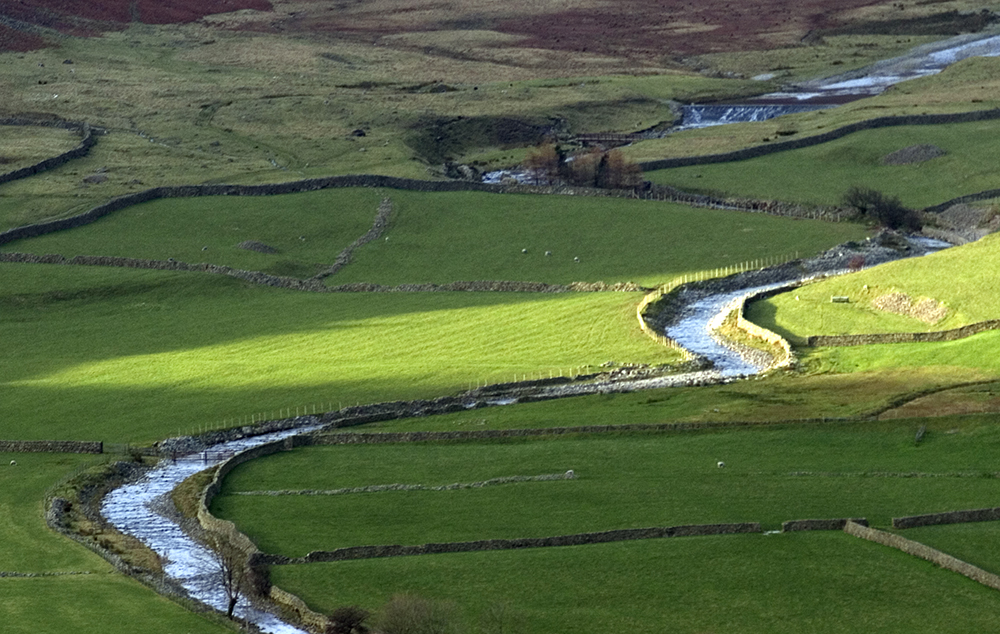
March 16th 2025
Introduction
Some years ago I met a woman giving away a large pile of walking magazines. She was moving to Austria and we talked about her collection, the UK, and her new home. We agreed Austria was superb, and also on the predictability of Britain.
“It’s always the same” she said meaning Great Gable, Cader Idris, Torridon and so on, the routes she had read about for years. You might see the same walk twice, in the same magazine, for summer and winter. There’s nothing wrong with that if it helps people but you’re not interested if you’ve walked there which is a likely scenario after some experience.
Featured Walks
You find on the internet not only the same walks, described just as well, but also a greater variety. You can find your own tailored content.
I’ve only walked Cader Idris once, incidentally. I’ve been planning to do it again, with this slightly different route, perhaps with a camp at the Cregennen Lakes then a favourite camp site below the Rhinogs. It’s a lovely combination when you have a dramatic long walk then relaxation in the sun with a good coffee breakfast, decent pub dinner and paddle (in this case) on the sands at Llandanwg. I don’t know how you pronounce it either.
It’s also important to consider lesser known walks depending where you live. I lived in Bolton for a short time for my PGCE, and these hills were easily available.
If you’re new to walking I recommend this strategy. Find good places for a summer evening, or a Saturday afternoon, as well as the bigger walks found in National Parks.
Art
The possibility of blending art and the outdoors must be approached carefully. Don’t disrespect, or fail to understand, what the outdoor experience means. As a practice that means landscape photography not graphic manipulation, and not pretending one is the other.
That doesn’t mean you can’t think about the subject more widely and explore a different genre on its own terms. It’s what I do with Conceptual Art, which needs explaining as such. As part of the thinking process you might consider what is sometimes called the postmodern landscape as with the photographs of Stephen Shore, which are interesting although not conventionally beautiful.
The idea is emptiness, artifice, and no meaning, not the natural outdoor aesthetic. My images are not quite that but similarly conceptual, possibly related to trompe l’oeil and certainly to surrealism. The point is you can think about the subject and provided you respect the above, it’s interesting to do so.
The difference in what I do compared to the conceptual art found in galleries is that I use an outdoor beauty aesthetic linked for example with a poem. The thinking process is similar but references meaning not absence of meaning. There are no rules – that’s the same – but the aim is to enrich, not cheat, as you might feel for example (I did) seeing a pile of bricks in the Tate Modern.
I like a good photograph at Torridon and want to be there for a walk but if I’m not, there are other things to think about. This is another interesting read, about experimental art.
Therapeutic
I find it a little underwhelming when a scientific study “proves” the benefits of nature. Does the scientist not walk, so for them it’s a new data discovery? Do walkers need confirmation in the form of brain scans, blood pressure readings, or heart rates? Do doctors not know about it, and never suggest their patients walk a few times every week?
As Bob Dylan said, you don’t need a weather man to know which way the wind blows. He liked the I Ching, incidentally.
It is interesting however if it encourages people to walk, and might be used clinically, when you read about or listen to this kind of study.
The photograph above is the Langdale Valley. I’ve walked Crinkle Crags and Pavey Ark many times, camped at Three Tarns, had dinner in both pubs, which I remember on a summer evening. A good walking day, food, then I really, really, didn’t want to leave and return home.
